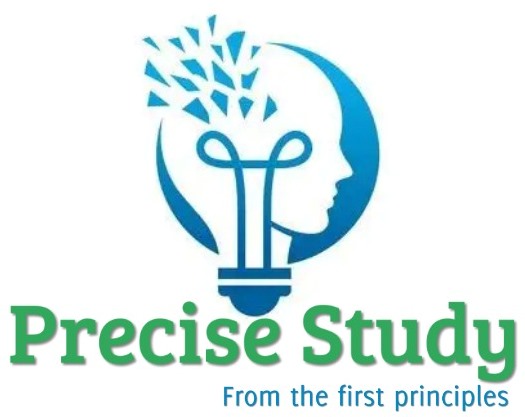Electronics Exam Questions tests the broad areas of the field. Among the concepts tested by most of examiners includes, including basic concepts, analog circuits, and digital electronics. The subtopics to consider includes:
- Ohm’s Law and basic circuits
- Capacitors and inductors
- Diodes and rectifiers
- Transistors (BJT and FET)
- Operational amplifiers (Op-Amps)
- Logic gates and combinational circuits
- Sequential logic circuits and number systems
- Power supplies and regulation
- circuit combinations
Below are some questions that are asked in examinations
- (a) Distinguish between semiconductor and conductors (2mks)
……………………………………………………………………………………………………………………………………………………………………………………………………………………………………………………………………………………
- (b) Give one example of a semiconductor and one for a conductor (2mks)
…………………………………………………………………………………………………………………………………………
- (c ) Distinguish between intrinsic and extrinsic semi-conductor (2mks)
……………………………………………………………………………………………………………………………………………………………………………………………………………………………………………………………………………………
- c(ii) State how the conductivity of an intrinsic semi-conductor can be improved. (1mk)
…………………………………………………………………………………………………………………………………………
(d) Figure 8 shows a puzzle box containing two lamps and other simple components connected so that, when terminal T1 is connected to the positive pole of a cell, Lamp L1 alone lights but when terminal T2 is connected to the positive lamp L2 alone lights.

Sketch a possible arrangement including lamps L1 and L2 and a set of diodes. (2mks)
……………………………………………………………………………………………………………………………………………………………………………………………………………………………………………………………………………………………………………………………………………………………………………………………………………………………………………………………………………………………………………….
2. (a) i) Explain how the resistance of semi-conductors and metal conductors are affected by temperature rise. (2mks) ……………………………………………………………………………………………………………………………………………………………………………………………………………………………………………………………………………………………………………………………………………………………………………………………………………………………………………………………………………………………………………………………………………………………
(b) ii) Sketch a forward bias characteristic of a P – N junction diode in the axis below.(1 mark)

3. a) A transformer is connected to a d.c source. The secondary coil is connected to a centre zero galvanometer.
State and explain the observation made on the galvanometer. (2 mks)
b) State Lenz’s law. (1 mark)
(i) Distinguish between semi conductors and conductors. (2 mks)
(ii) Give one example of a semi conductor and one example for a conductor. (2 mks)
(iii) What is meant by donor impurity in a semi conductor. (1 mk)
(iv) Draw a circuit diagram including a cell, a diode and a resistor in the reverse biased mode. (1 mk)
(v) In the circuit in figure 12 below, when the switch is closed, the voltmeter shows a reading. When the cell terminals are reversed and the switch is closed the voltmeter reading is zero.

Explain this observation. (2 mks)


Leave a Reply